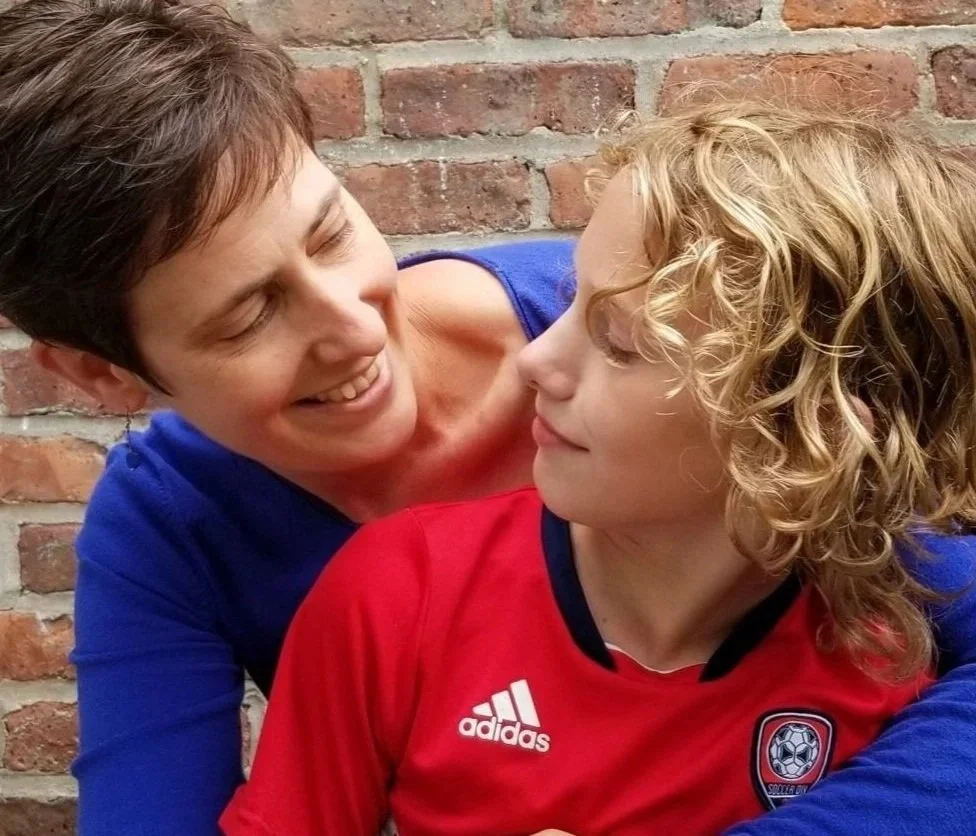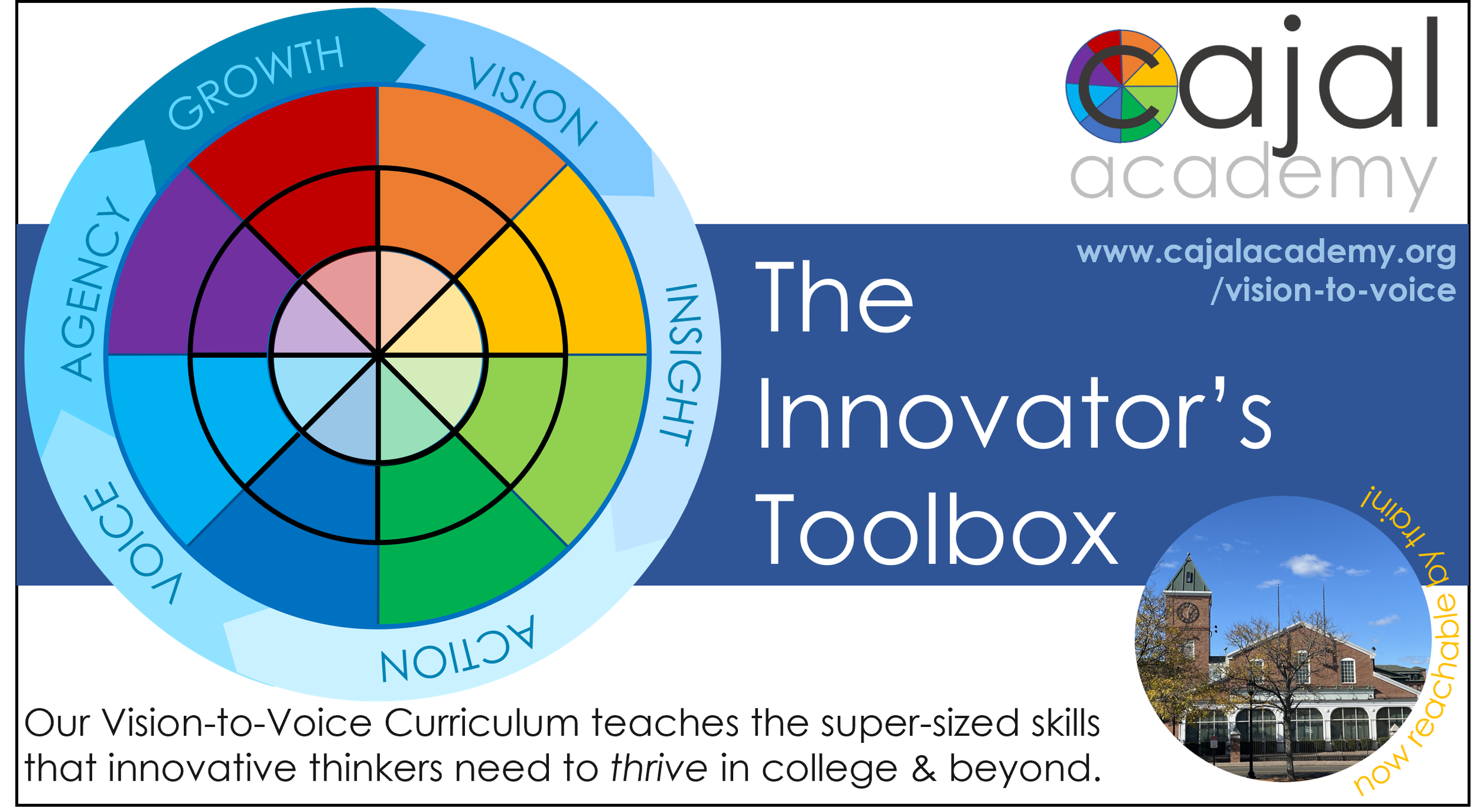An inclusive community tailor-made for twice exceptional kids
All kids deserve a school where they feel like they belong.
Twice exceptional kids are just as diverse as other cohorts of special needs kids, but they all have one thing in common: high intellectual abilities combined with some area of learning, social, emotional, neurological and/or physiological difference. Over the centuries, this combination has led twice exceptional adults to be some of our most creative and powerful thought-leaders and cultural icons, from Albert Einstein to Steven Spielberg.
Yet this creative potential comes with its own challenges for twice exceptional children to navigate. 2e kids may find themselves doubly at odds with the structures, opportunities and expectations at school and in the community—expectations that are set based on the developmental timelines and pathways of their typically-developing peers. Many twice exceptional children struggle to connect with kids their own age, and may never have the experience of truly feeling that they are part of an equal and important part of a community. They may feel embarrassed about their challenges or unsure of how to share them with their peers. This leaves them feeling isolated rather than supported. All too many leave school convinced that they simply “don’t fit”—a sense that is only further entrenched as 2e kids are disproportionately directed into one-to-one programs and/or home-based instruction.
Creating community for kids whose profiles may put them in a “cohort of one”
Cajal Academy was born out of one mom’s journey after discovering that there was no appropriate outplacement setting available for either of her two 2e kids, despite having seemingly-opposite profiles and being five years apart. When special education attorneys told her that most families in her shoes homeschool their kids, she refused to accept that outcome and vowed to create a school where twice exceptional children get the experience of true community that all kids need.
“Where is it written that these kids get to be super smart, but they don’t get to have friends?” asked Cajal Academy co-founder Cheryl Viirand. “Who decided that that was an acceptable bargain?”
Yet creating an authentic feeling that one belongs in a community isn’t something that happens overnight, especially for kids whose complex profiles tend to leave them feeling at odds with the world around them. Rather, it takes an intentional approach to building up each child as an individual, a structure for them to come together as a group, and a curriculum to help them develop true empathy and support not just for their own special needs but for each other’s. It requires educators to start from the humble assumption that the young kids before us may well already have ideas that are already more ‘magical’ than our own. It also requires that we start with a presumption that each child has potential that all of us—including the child—have yet to see. Potential that may be just as terrifying for the child as are the challenges that stand in his way. And it requires a conscientious commitment to helping each child understand the validity of all challenges—their own and those of their peers—by elevating the journey over the outcome and giving them the science they need to understand that it is this journey that they share.
Started by a Mom to 2e Kids, from a 2e Family
Cajal Academy and our ground-breaking approach was borne of one mom’s commitment to meeting the needs of her own child. Read our story.
Rather than retrofitting traditional educational models to meet these needs, these assumptions are the very foundation for our program. At Cajal Academy, complex learners with outlying strengths and weaknesses are not the marginalized exception, they are the rule. Everything we do starts with a data-based framework that assumes highly-complex children with asynchronous profiles are the rule, so no child is denied a seat at the table. We integrate personalized strategies for self-monitoring, self-managing and self-advocating into each child’s program, helping them gain the tools and the confidence they need to share their needs with their peers.
We discuss as a cohort the culture and feeling of community that we want to have, and together decide on specific action items that will help us bring that culture into reality. Things like rewarding a child for celebrating a peer’s victory over a challenge that they do not share in common. We foster each child’s compassion towards themselves and towards their peers, by sharing the science that informs the great diversity of human ‘wiring’ and experience. And we infuse trauma-informed healing into everything from selecting the curriculum content for our project-based learning to addressing social and behavioral needs. Because we hear throughout our admissions calls that for 2e kids, moments of glory are equally likely to come with moments of painful struggle, in which they have felt very much alone.
Creating an explicitly social learning framework is fundamental to this work. Indeed, learning how to collaborate as part of a community is essential for all children to reach their life’s full potential, as professionals and as humans. Taking learning risks, acknowledging our own weaknesses and learning to harness our strengths within a community of peers is essential to realizing 2e thinkers’ potential for thought leadership in an inter-connected, twenty-first century world. Even more than the academic coursework or the therapeutic services we provide, laying this foundation is perhaps the most exciting and important part of the work we do.
Attend an Upcoming Event to Learn More
Learn more about our program
Leadership Skills Curriculum
We teach our students how to apply our Neuro- and Trauma-Informed Approach to their own social interactions, and use those understandings to foster the truly inclusive neurodivergent communities they need to thrive. Learn more about our powerful approach.
Personalized Social-Emotional Learning
Our social-emotional learning programs starts with understanding the complex mix of skills that goes into social interactions, and how they intersect with 2e profiles.
Our Cohort
Our students have high analytical and creative reasoning skills, paired with an area of special education needs. Find out more about our cohort.
Gifted Education Curriculum
We foster the skills that innovative students need to support their gifts for a future defined by their strengths.







